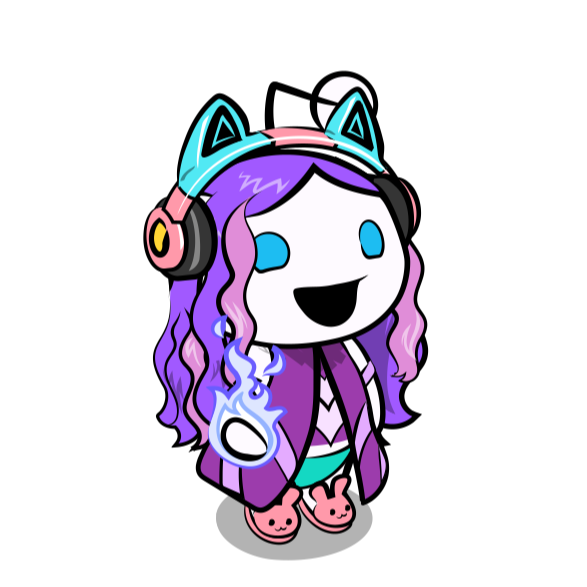The leftmost strip is Sony Dynamic Digital Sound, the square between the sprocket holes (which give you an idea just small these are) is Dolby Digital. Each barcode encodes all the different surround channels. Sadly no open source formats though, unless you consider the two analog waveforms on the right.
IDK, sorry and feel free to remove if this breaks the community rules, I just thought it was really cool. I’ve always just assumed they had a separate medium for storing the sound and just timed them to play in sync.
With a good (laser) printer you could create your own with open (but general-purpose) formats: QR codes or (my favorite) Twibright Optar codes, encoding music with any audio codec you prefer (Opus would be better). Then you can make a machine reading your printed paper strips as fast as possibile for high quality realtime audio decoding
Allow me to introduce to you, Boxing code. You can fit entire audoobooks on those things!
That would be a real fun hackaday project. Even better, encode DMX512 on film.
I’m assuming these are all on one strip. Is the analog on the right a separate channel, or there to determine loudness or timing? Not sure how the analog translates to actual sound.
My novice take: the waveforms on the right are sufficient to recreate analog stereo.
Digital audio signals are fundamentally represented by a series of numbers with a frequency corresponding to a fixed sample rate. For example: 16-bit unsigned integers at 44.1kHz. Each number is a sample and represents only a magnitude/intensity in time, forming a time domain waveform. Tones and pitches, and everything else one can hear are represented by these numbers in varying arrangements. Check out the waveform for a sine or triangle tone: the waveforms literally depict those shapes.
The optical analog waveform is encoding the same information as the sampled digital one described above. I’m not sure of the mechanism by which an optical system translates the analog waveform into sound, however.
They’re essentially the same sound, encoded three different ways. Though, both barcode formats are surround with at least 7 channels, while the analogs are only two-channel stereo. For analog, they shine a narrow beam of light through the waveform, and the amount of light the film lets through is the actual instantaneous sound level.
That’s really neat



